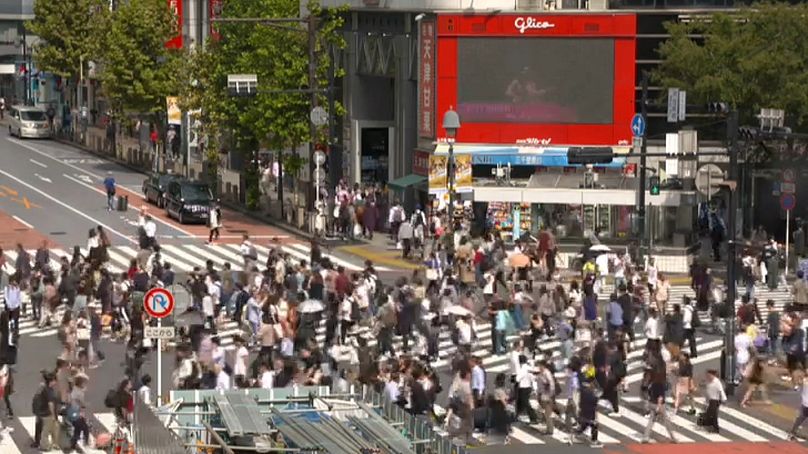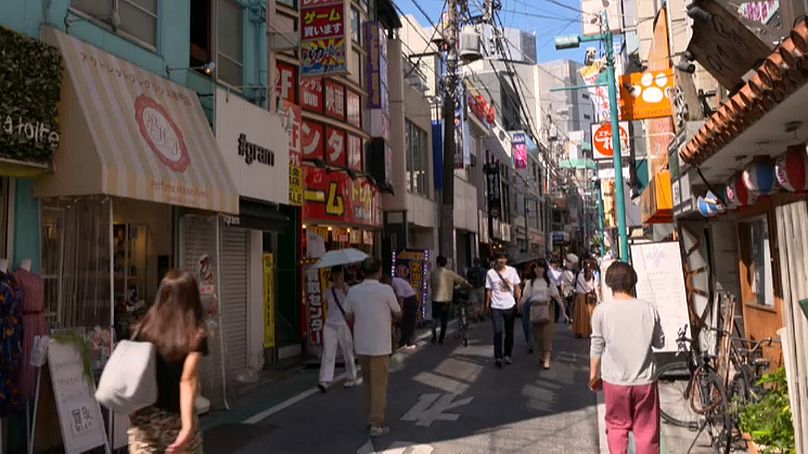Tokyo is a city that’s constantly evolving but where modernity and tradition co-exist.
Tokyo is a city that’s constantly evolving - from new skyscrapers reshaping its skyline to the youth culture trends influencing fashion and music.
But it’s also a city where modernity and tradition co-exist.
Although only minutes away, the neighbourhoods of Shibuya and Shimokitazawa are good examples.
Shibuya is a hub of fashion and youth pop-culture, filled with mesmerising neon billboards, while Shimokitazawa has kept its unique identity and is known for its vintage shops and bohemian feel.
Shibuya's famous ‘Scramble Crossing’ is said to be the world’s busiest, with up to 3,000 people moving in five different directions at a time.
But Shibuya wasn’t always built-up - starting out as a small, suburban railway stop.
Professor Kenji Ishii, an expert on Shibuya’s history and redevelopment, says: “After Word War II, when the Japanese economy started to grow, houses became big buildings and roads were paved over and nature was ignored. Now, as you can see, there is a river again. Before, the train tracks covered where the river is.”
Back in the 1920s, a loyal dog captured the heart of the nation. Hachiko would wait every day to greet his master at Shibuya station. When his owner died, he continued to wait - for the next 9 years.
A statue was built to commemorate Hachiko. It’s now a popular meeting place.
The area around Tokyo’s most iconic station is undergoing a massive transformation - with new, even taller skyscrapers appearing and by 2027 will be linked by passageways several floors underground.
Professor Ishii says: “The changes here in Shibuya reflect how Japanese society itself has changed. And this development allows us to predict what Japan’s future will look like.”
Shimokitazawa is just five minutes away by express train but it’s a world away from the high rise buildings and busy pace of life of Shibuya.
Shimokitazawa was once a farming village. After World War II it became the city’s largest black market, then in the 1970s it was a place for counter culture and hippies.
Masao Tsubaki opened his record shop in 1982, drawing in vinyl lovers from around the world.
“When I was a little boy and I grew up in Shimo, it was quiet compared to now,” he says. “But there were a lot of shoppers here, housewives, because this town was known to have a lot of nice stores that sell things cheap."
Once a well-kept secret, Shimokitazawa is increasingly popular with foreigners.
Charlotte Dean is originally from the UK and has been living here for the last six years.
“It's really exciting because there are always new shops popping up here and there, so it’s nice to come out and see. There’s always something new to go and see, or somewhere new to go to.”
As Tokyo innovates its way into the future, the same spirit and creativity that transformed it into the metropolis it is today remain.














